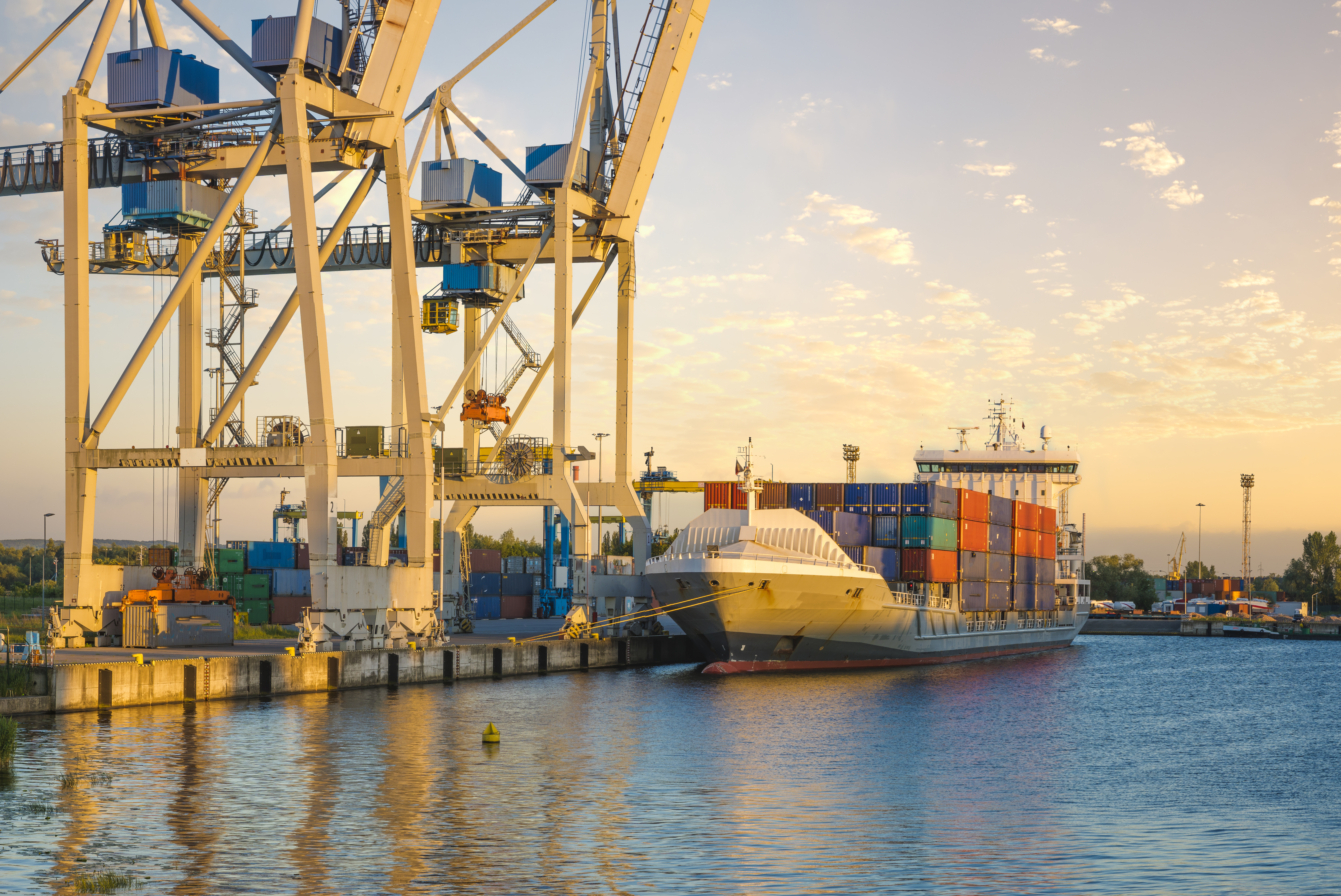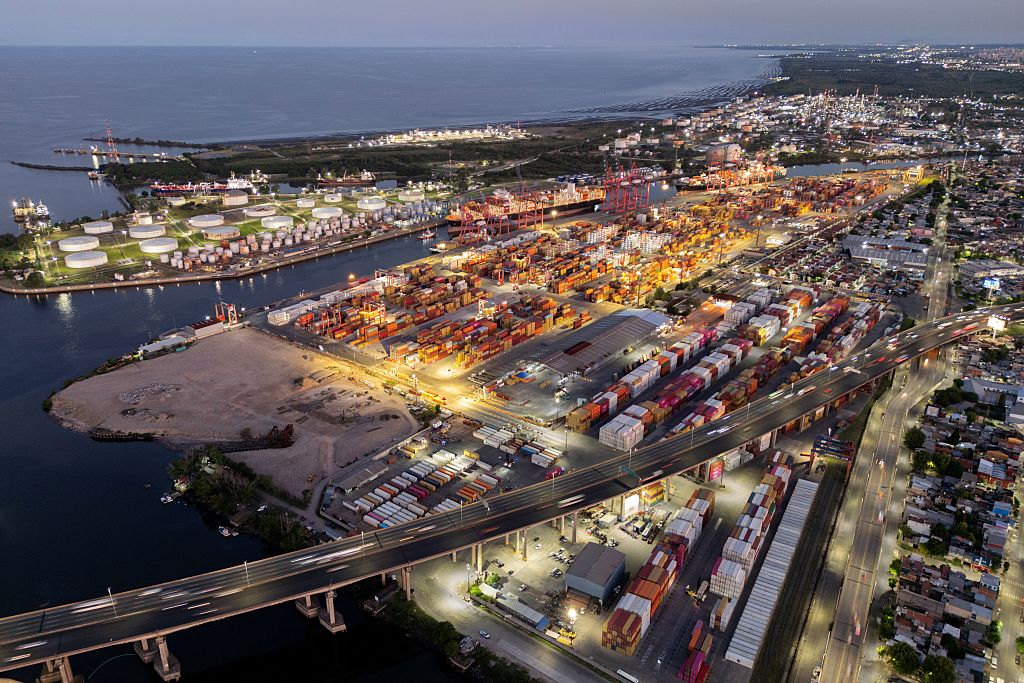The Emerging Atlantic Community
The Emerging Atlantic Community
AS/COA’s Eric Farnsworth writes for PODER about the need to re-boost and expand the Atlantic alliance to include Latin America and Africa, as strategic focus shifts to Asia.
Opportunities exist for an alliance similar to that enjoyed by Pacific Rim countries, but the initial approach to Latin America and Africa is crucial.
With wars in the Middle East winding down and Europe in the economic doldrums, Washington has become fixated on Asia. In November 2011 the Obama administration announced a “pivot” to Asia, with a resulting shift in strategic focus including military assets to the region.
Trade policy in the administration centers on the Asia Pacific and negotiations to conclude the Trans-Pacific Partnership. On the campaign trail, Gov. Mitt Romney said repeatedly that he would designate China as a currency manipulator on “day one,” and China was a recurring theme this election cycle.
This is acknowledgement at the highest political levels that the weight of global economic and political influence is shifting toward Asia, away from the traditional North Atlantic relationships that have dominated global affairs since the end of World War II. This gives pause to some in the foreign policy community because the existing Atlantic alliance has been the bulwark for establishing and maintaining the postwar global order. As a result, questions are increasingly being asked whether it’s time to re-energize the Atlantic community as a means to match the dynamism of the Pacific community.
Nonetheless, something is different this time from the usual US-Canada-Europe approach: there is a growing recognition that a true Atlantic community must also include Latin America and Africa, two continents generally shut out of previous discussions. To make this work, a favorable nod from Brazil—Latin America’s largest economy by far, the world’s sixth largest, and geographically a nation positioned in the heart of the Atlantic—is critically important. Beginning under President Lula and continuing with Dilma Rousseff, Brazil has been focused on developing cross-Atlantic ties, particularly with Africa where Brazil has prioritized development and commercial issues. To this point, however, Brasilia has expressed little interest in participating in any full-blown pan-Atlantic arrangement that includes Europe and the United States, particularly given the likelihood that such vision would include, if not center on, formal military or trade frameworks. Brazilian reluctance to commit to a new pan-Atlantic vision, despite a well-known effort to play a larger role in global affairs, is not as surprising as it may sound. Brazil is forging an independent path, and leadership on South-South issues is a priority. This shows itself in a hemispheric trade policy that emphasizes the expansion of MERCOSUL over the moribund Free Trade Area of the Americas; a foreign policy that positions Brazil first and foremost as one of the BRICs; and a development policy that promotes assistance to and cooperation with Africa.
By entering into an Atlantic relationship that includes North America and Europe, Brazil’s interests could be constrained by the traditional North Atlantic partners. Symbolism matters, too: the colonial histories of Latin America and Africa cannot be ignored.
What, then, of the idea of a greater Atlantic community? Like most things, it’s best to begin with a concrete project and build out. This is particularly true given the vast differentials in development, size, and influence among nations in North America, Europe, Latin America, and Africa. The EU began with the coal and steel community of France and Germany; APEC began with the idea of greater economic integration but no explicit final goal; the Trans-Pacific Partnership began as a small “P4” trade negotiation including Brunei, Chile, New Zealand, and Singapore. A similar approach would be appropriate in building a greater Atlantic community, starting with areas of concrete mutual interest, including energy and agriculture.
Confidence-building measures must precede broader agreements to engage Latin America and Africa. Initial progress can be made among willing nations, for example North America with Europe and Mexico, Colombia, and Uruguay, holding the door open for others such as Argentina, Brazil, and Venezuela as well as African nations to see the benefits of joining a moving train.
Meanwhile, the United States and the EU are discussing the possibility of launching negotiations for a trade agreement at some point in 2013, to meet the vibrancy of the trans-Pacific efforts but on an even greater economic scale. To make such an effort fully consistent with U.S. interests in Asia and the Western Hemisphere, Canada and Mexico should also be included at the very beginning of any trade negotiations that kick-off with Europe.
The key is to develop a vision in the greater Atlantic—or the Pacific region or Latin America, for that matter—that is compelling enough for nations such as Brazil to see it and want to join, offering greater advantages for participation than for non-participation. It’s easy to just say “no” to an international grouping that offers little reward. That’s something for Atlanticists to keep in mind as they look for ways to build yet another cross-cutting regional bloc.








